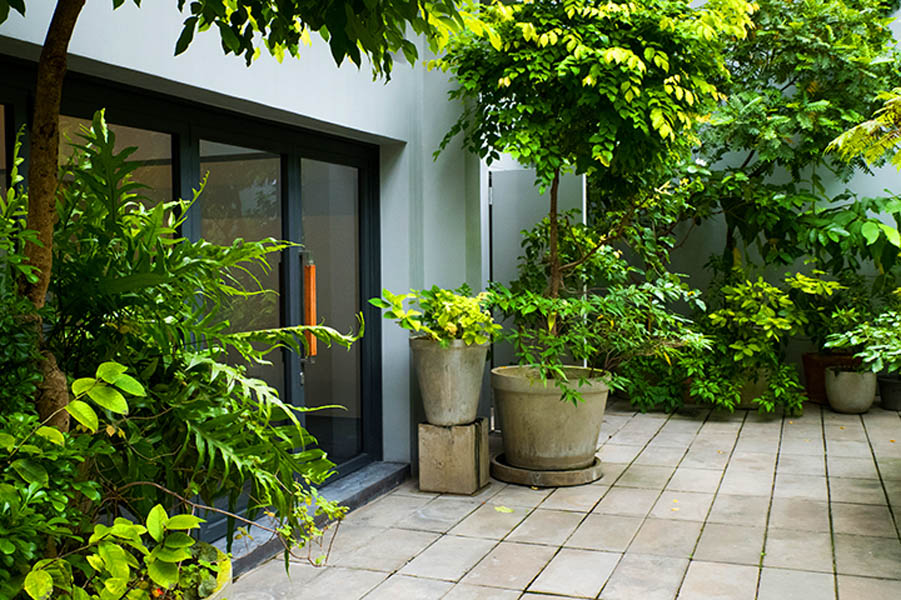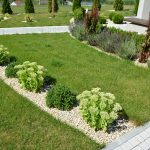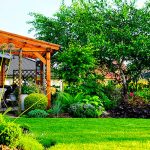Winter doesn’t have to mean the end of your gardening adventures. While the frost may cover the ground outside, your green thumb can stay busy indoors, where plants can thrive year-round with the right care and setup.
Creating an indoor garden isn’t just about brightening up your home—it’s about crafting a sanctuary of growth and life during the year’s coldest months.
Choose the Right Plants
Not all plants are winter-friendly, so selecting the right ones for an indoor environment is key.
- Low-maintenance favorites:
Succulents, pothos, or snake plants are hardy options that don’t require constant attention.
- Herbs with a purpose:
Basil, mint, parsley, and thyme grow well indoors and add flavor to your winter meals.
- Blooming beauties:
Consider flowering plants like African violets or peace lilies to add a splash of color to your home.
Master the Art of Lighting
Winter days are short, and natural sunlight might not be enough for your plants. This is where artificial lighting comes in.
- LED grow lights – These energy-efficient options provide the full spectrum of light your plants need to photosynthesize.
- Positioning – Place your plants near south-facing windows to maximize natural light, and supplement with grow lights as needed.
- Timers – Set up light timers to mimic natural daylight cycles, ensuring your plants get consistent light exposure.
Good lighting is the foundation of a thriving indoor garden, so don’t skimp on this step.
Maintain the Perfect Environment
Indoor conditions during winter can be tricky. Dry air from heating systems and fluctuating temperatures can stress your plants.
- Combat dry air with a humidifier or by placing trays of water near your plants. Grouping plants together can also help increase local humidity.
- Keep your indoor garden away from drafts, radiators, or cold windows. Most plants prefer a consistent temperature between 65°F and 75°F.
- Use a small fan to ensure air moves around your plants, reducing the risk of mold and pests.
Creating the right microclimate helps your indoor garden flourish.
Water Wisely
Winter watering requires a lighter touch. Overwatering is a common mistake that can lead to root rot.
- Only water when the top inch of soil feels dry.
- Cold water can shock plant roots, so opt for room-temperature or slightly warm water.
- Make sure pots have proper drainage to avoid water pooling at the bottom.
Your plants need less water in winter, so err on the side of caution and watch for signs of overhydration.
Be Patient and Observant
Plants grow at their own pace, and winter often slows things down. Pay attention to your garden and adjust care routines as needed. Signs like yellowing leaves, drooping stems, or slowed growth can indicate a need for more light, better humidity, or less water.
Observation and adaptability are your greatest tools for nurturing a healthy indoor garden.
Conclusion
An indoor garden isn’t just about plants—it’s about creating a sense of warmth and life when the world outside feels frozen. It’s a way to connect with nature, even as winter rages on, and to bring a touch of green into your home that lifts your spirits.
By choosing the right plants, perfecting your setup, and staying attentive to your garden’s needs, you can create a thriving indoor oasis that carries you through the season—and inspires you for seasons to come.



